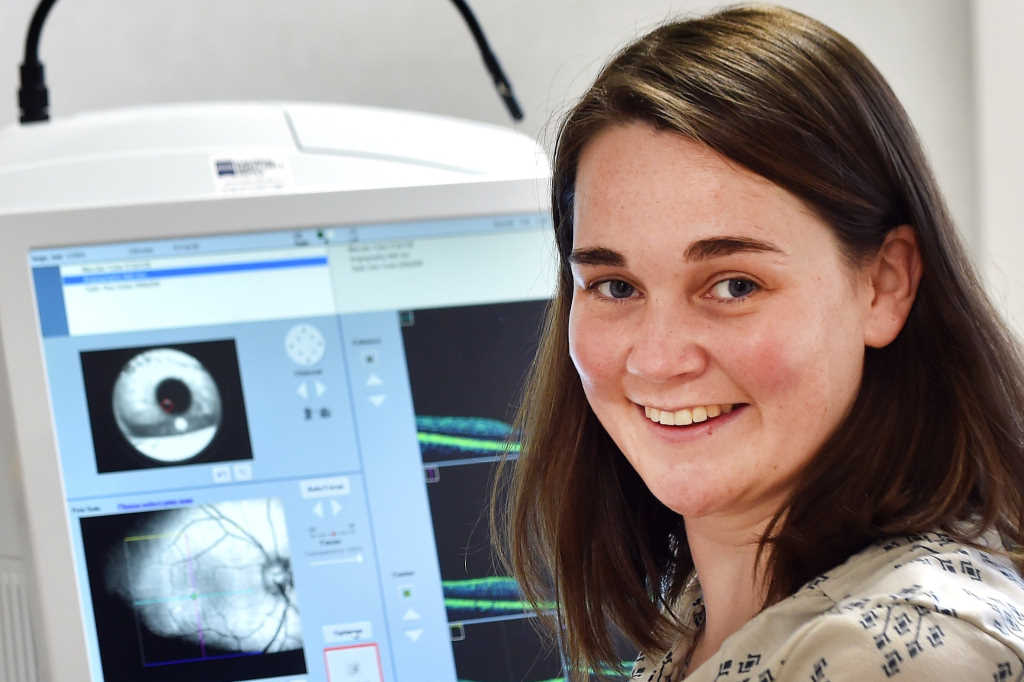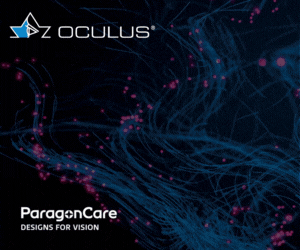RNFL thickness: Alzheimer’s biomarker?
A University of Otago study has found that retinal nerve fibre layer (RNFL) thickness may be useful as an early indicator of potential cognitive decline associated with ageing.
The paper, published in JAMA Ophthalmology, analysed data from 865 participants in the Dunedin Study, a long-running cohort study of individuals born between 1972 and 1973. Researchers evaluated subjects’ cognitive performance by assessing IQ, processing speed, perceptual reasoning and verbal comprehension, and measured RNFL and ganglion cell layer (GCL) thickness using optical coherence tomography (OCT).
Study lead Dr Ashleigh Barrett-Young from the Dunedin Multidisciplinary Health and Development Research Unit said thicker RNFL and GCL in middle age were associated with better cognitive performance in childhood and adulthood. In subjects with thinner RNFL, researchers noted lower IQ scores in childhood and at 45 years old, plus a greater decline in processing speed from childhood to adulthood.
Dr Barrett-Young said that the findings suggest RNFL thickness could be indicative of overall brain health, although further study is needed to determine if retinal thinning precedes cognitive decline (including Alzheimer’s) and whether other confounding factors may account for this association.
“Given we haven’t been able to treat advanced Alzheimer’s, and that the global prevalence of the disease is increasing, being able to identify people in the preclinical stage, when we may still have the chance to intervene, is really important.” In the future, artificial intelligence could assess an OCT scan taken by an optometrist and combine it with other health data to determine the patient’s risk of developing Alzheimer’s, she said.



























